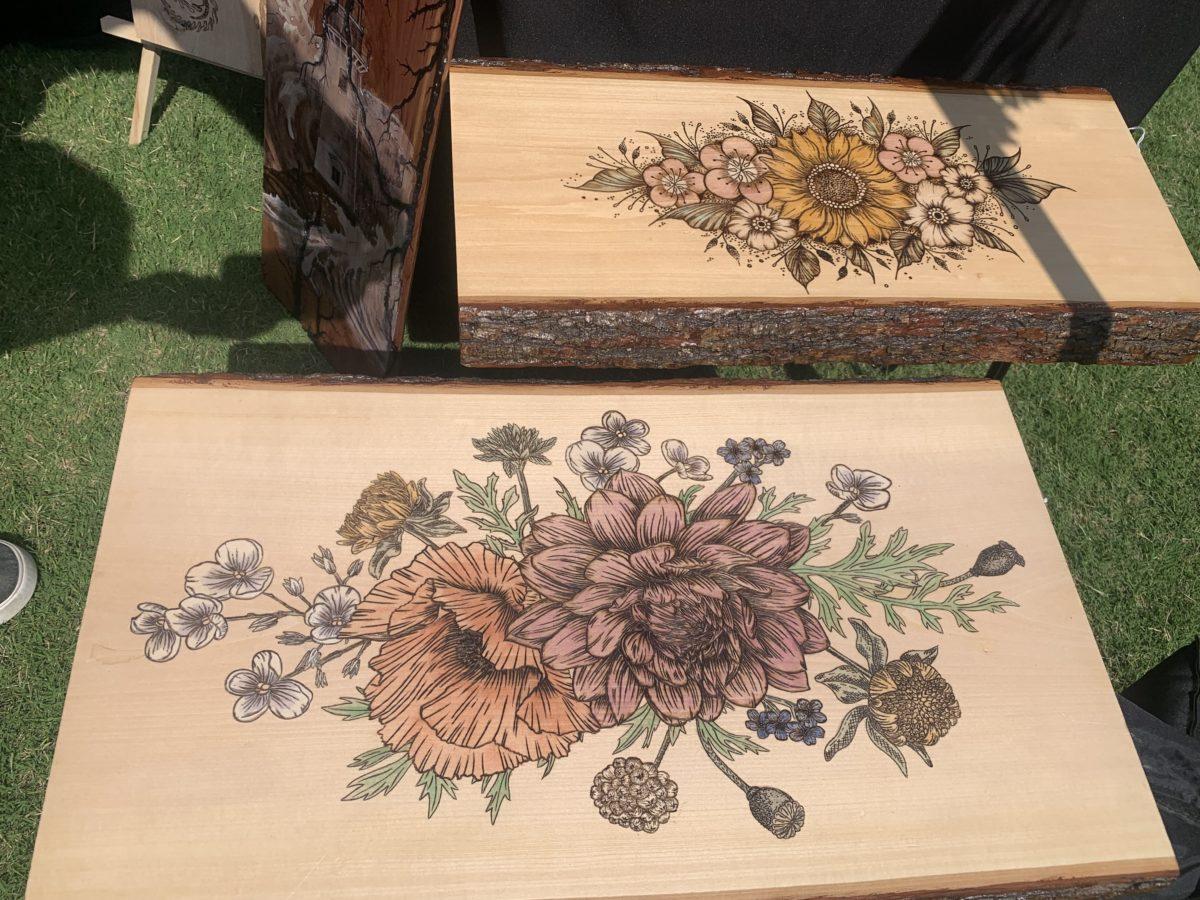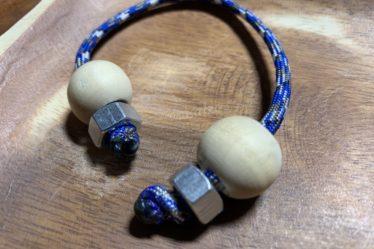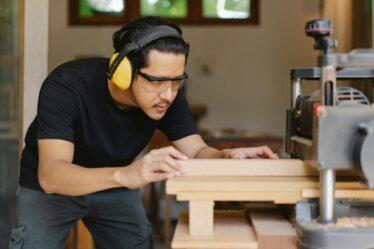
“Quality means doing it right when noone is looking.”
Henry Ford
When I started this business one of my goals, like most things in my life, was to uphold a level of quality that I expect in the products and services that I seek out myself. This comes from a lifetime of being an overachiever and always having to do “just a little better” than the last time. This can be a double-edged sword as you can tweak and tinker until you’re blue in the face but eventually, the product needs to ship. Here I am going to share with you some of the goals I set for myself when it comes to the quality of my products and the consistency of my process but still get things out the door.
On Quality
You need to make sure you are using quality wood. Make sure it is safe to burn. You can’t burn on MDF and certain woods are poisonous, or coated with poisonous materials that will be toxic if you breathe them in. Consider the color of the wood; if it’s too dark it will fade when you seal it, and shading will get lost. Look for wood with little to no cracks, bowing, and warping. You can always plane and sand a piece down so it is flat, but it is much better to find a piece of wood that needs as little processing as possible. Think about how easy or difficult the wood is to burn. Some woods that are easy to burn are cherry, maple, spalted maple, ambrosia maple, poplar, basswood, birch, aspen, and sycamore. Avoid harder woods and sappy woods that are going to slow down your process. Also, look for good quality sealers to ensure the wood lasts a long time. Humidity is the enemy of wood and, without a proper seal, your wood will warp and crack over time.
Get yourself access to quality tools. A planer and an orbital sander are a must. You’ll need the planer to get the wood flat and the sander to make it smooth. Having a flat, smooth piece makes it easier to burn and less likely to get caught in divots when you’re burning. I usually sand down to 220 grade, burn, and sand again to 120 grade. I use a professional burning tool, the Razertip SL3. It is a bit more expensive but it offers features that help me maintain the quality that I expect such as temperature adjustment, and the ability to hook up three different nibs at once. Having three nibs helps as I don’t need to wait for one to cool down before switching to another. I also always keep a fiberglass pen nearby to sand down any mistakes.
All of this is time-consuming and can be expensive but the end result is a higher-quality product that people will love.
On Consistency
To produce a consistent product you need to learn what works for you. For instance, I find it is much easier to burn with a clean nib. I like to constantly clean the soot off of my nibs to ensure a more consistent burn.
I find from talking to customers and people I meet at markets that they like detail and crispness in their pieces. Ensuring consistency of the lines and consistency of the colors goes a long way. To get consistent lines it helps to put effort and time in upfront to the patterns that I use. A good, clean pattern is much easier to burn off. To maintain consistency of colors I try to use ones made from the same artist. I’ll use a single supplier’s color for an individual piece, or series to get uniformity. Artists like Emily Grace (@emily_grace_palettes) have the same attention to detail in the palettes she sells so I know, by using her paints, my work will as well.
As with most things practice is going to help you more than anything else. No two woods burn the same. Burning at different heats may be required to burn based on the softness of the wood. So if you have a particular style and you want that to come across on different mediums you need to learn how much heat, pressure, and strokes it is going to take to get that same look and feel.
Doing pieces in batches can help to manage your time. If you try to do one at a time that means you have to create the pattern, heat transfer, burn, color, and seal each individually. If you do them in batches it saves time and creates a flow. Work in blocks of time of at least an hour. Give yourself time to get comfortable, set everything up, and heat up your tools. Constantly task switching is going to negatively impact the consistency of your product. If I have less than an hour I may just create patterns or do some administrative work, reserving the creative work for when I have adequate time.
Another great time-management technique is to pre-plan what you are going to do. Schedule what you are going to be working on on a given day. Maybe spend one day doing a batch of patterns, the next day burn those patterns, etc.
Worth the Effort
I have a personal commitment to making products that I can be proud of. But, in addition to pleasing myself, making quality products is what is going to get return customers and referrals. If you consistently deliver an above-average product customers are going to return for additional work and for gifts. They are going to recommend you to their friends. Ultimately your quality is what is going to set you apart from your competitors.
Do you have some great tips for creating high-quality pieces? Post them and tag me @bz_furfur and let’s all strive to make better products. As always, stay unique.



